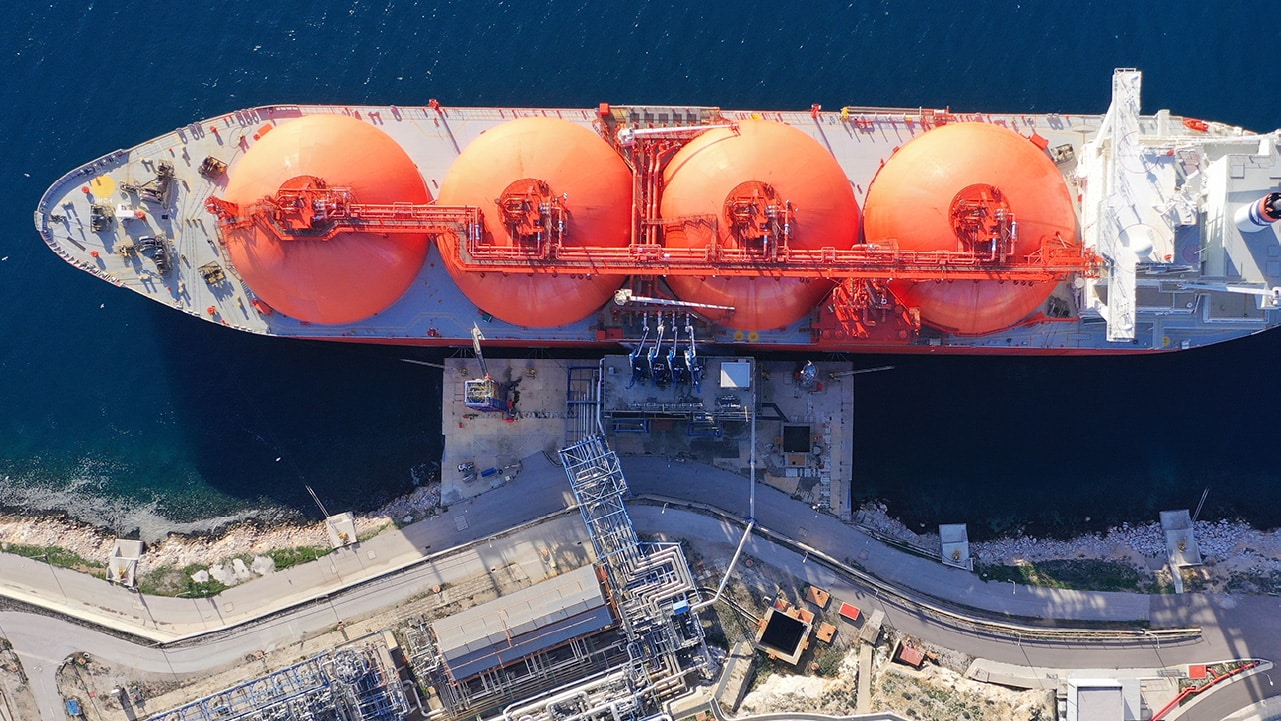ISO 3452 Penetrant Testing of Cargo Tank Welds
The ISO 3452 series of standards is widely recognized in the marine industry as a key guideline for ensuring the integrity and reliability of cargo tank systems. Specifically, ISO 3452-1 provides detailed instructions for the use of penetrant testing to detect surface-breaking defects in welded joints. This service plays a crucial role in maintaining safety standards aboard ships by identifying potential flaws that could compromise structural integrity.
In cargo tank systems, welds are subjected to significant stress due to constant loading and unloading operations. Over time, these stresses can lead to crack formation or other surface-breaking defects which may go unnoticed during routine inspections unless properly tested. Penetrant testing offers a non-destructive method that allows operators to inspect welds without compromising the structural integrity of the tank.
Our laboratory adheres strictly to ISO 3452-1 standards when performing penetrant tests on cargo tank welds. We employ experienced technicians who understand the nuances of this process and ensure compliance with all relevant international guidelines. The testing procedure involves several key steps:
- Cleaning: Thoroughly cleaning the surface of the weld to remove dirt, grease, and other contaminants.
- Application: Carefully applying a penetrant dye that seeps into any microscopic cracks or defects present on the surface.
- Drying: Allowing sufficient time for the penetrant to soak into potential flaws before drying it off completely.
- Cleaning: Removing excess penetrant from non-defective areas using a suitable solvent.
- Development: Applying a developer agent that highlights any remaining traces of penetrant in surface-breaking defects.
- Inspection: Conducting visual inspection under controlled lighting conditions to detect indications indicative of flaws.
The results from this testing process provide critical information regarding the condition of cargo tank welds, helping ship operators make informed decisions about maintenance schedules and potential repairs. By adhering strictly to ISO 3452-1 guidelines, we ensure reliable test outcomes that comply with industry best practices.
Our laboratory also offers additional services such as ultrasonic testing (UT) and magnetic particle inspection (MPI), which complement penetrant testing by providing complementary data on internal flaws within the welds. These combined methods offer a more comprehensive evaluation of cargo tank integrity, enhancing overall safety standards aboard ships.
Benefits
The primary benefit of ISO 3452-1 penetrant testing lies in its ability to identify surface-breaking defects early on. Early detection enables timely repairs or replacements before they escalate into larger issues, reducing downtime and maintenance costs significantly. Additionally, this non-destructive method allows for repeated inspections without compromising the structural integrity of cargo tanks.
Compliance with ISO 3452-1 standards ensures that your ship meets stringent safety requirements set forth by international maritime organizations like the International Maritime Organization (IMO). This not only enhances reputation but also helps avoid potential legal issues or fines associated with non-compliance. Furthermore, regular testing demonstrates a commitment to maintaining high-quality equipment and practices, which can be advantageous during audits or inspections conducted by regulatory bodies.
From an operational perspective, conducting penetrant tests according to ISO 3452-1 helps minimize risks related to cargo tank failures due to undetected flaws. This contributes towards ensuring smooth operations at ports worldwide while maintaining a safe working environment for crew members and personnel involved in handling hazardous materials stored within these tanks.
Lastly, by utilizing our specialized facilities equipped with state-of-the-art equipment aligned with ISO 3452-1 standards, you gain access to accurate and reliable test results. Our team of experts ensures that each inspection adheres strictly to best practices, providing confidence in the integrity of your cargo tank systems.
International Acceptance and Recognition
The ISO 3452 series has gained widespread acceptance across various maritime sectors worldwide. It is commonly used as a reference standard for penetrant testing within the shipbuilding, repair & maintenance industries. Its adoption by major international organizations such as the IMO further reinforces its significance in ensuring global consistency and reliability.
ISO 3452-1 specifically addresses the requirements for performing penetrant testing on cargo tank welds according to recognized international standards. The standard outlines detailed procedures covering preparation, application techniques, inspection methods, and reporting formats that are universally applicable across different regions. Compliance with these guidelines ensures interoperability among various stakeholders involved in maintaining ship safety standards.
By adhering to ISO 3452-1, laboratories like ours contribute towards achieving harmonization in quality control processes within the marine industry. This fosters greater trust between trading partners and facilitates smoother interactions during international transactions involving goods transported via ocean routes.
Use Cases and Application Examples
- New Construction: During the initial inspection of newly constructed cargo tanks, penetrant testing helps identify any defects that might have occurred during fabrication or welding processes. Early detection allows for corrective actions to be taken before commissioning.
- Maintenance Inspections: Regularly scheduled inspections on existing cargo tank systems are essential for maintaining long-term reliability and safety. Penetrant testing can detect early signs of wear and tear, enabling timely interventions to prevent catastrophic failures.
- Repairs & Modifications: After undergoing repairs or modifications, penetrant testing verifies the quality of welds used during these processes. It ensures that all work meets specified standards before returning vessels back into service.
- Audit and Compliance Checks: Many shipping companies undergo periodic audits conducted by third-party organizations to verify adherence to strict safety regulations. Penetrant testing serves as a key component in demonstrating compliance with relevant international standards like ISO 3452-1.
In addition, penetrant testing is often combined with other inspection methods such as ultrasonic testing (UT) and magnetic particle inspection (MPI) for a more comprehensive evaluation of cargo tank integrity. This multi-method approach provides a holistic view of the condition of your vessel’s cargo tanks, ensuring maximum safety and reliability.





